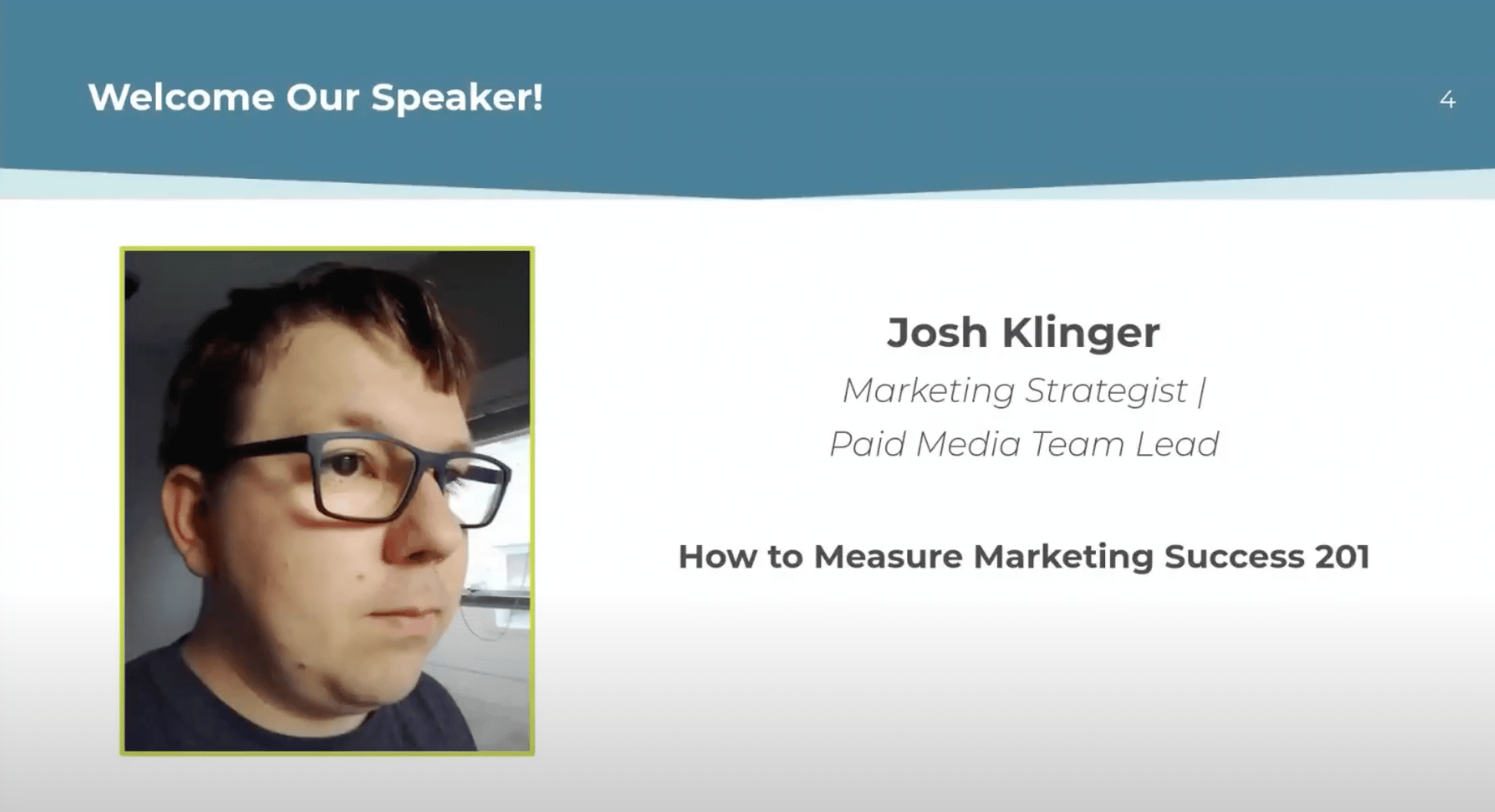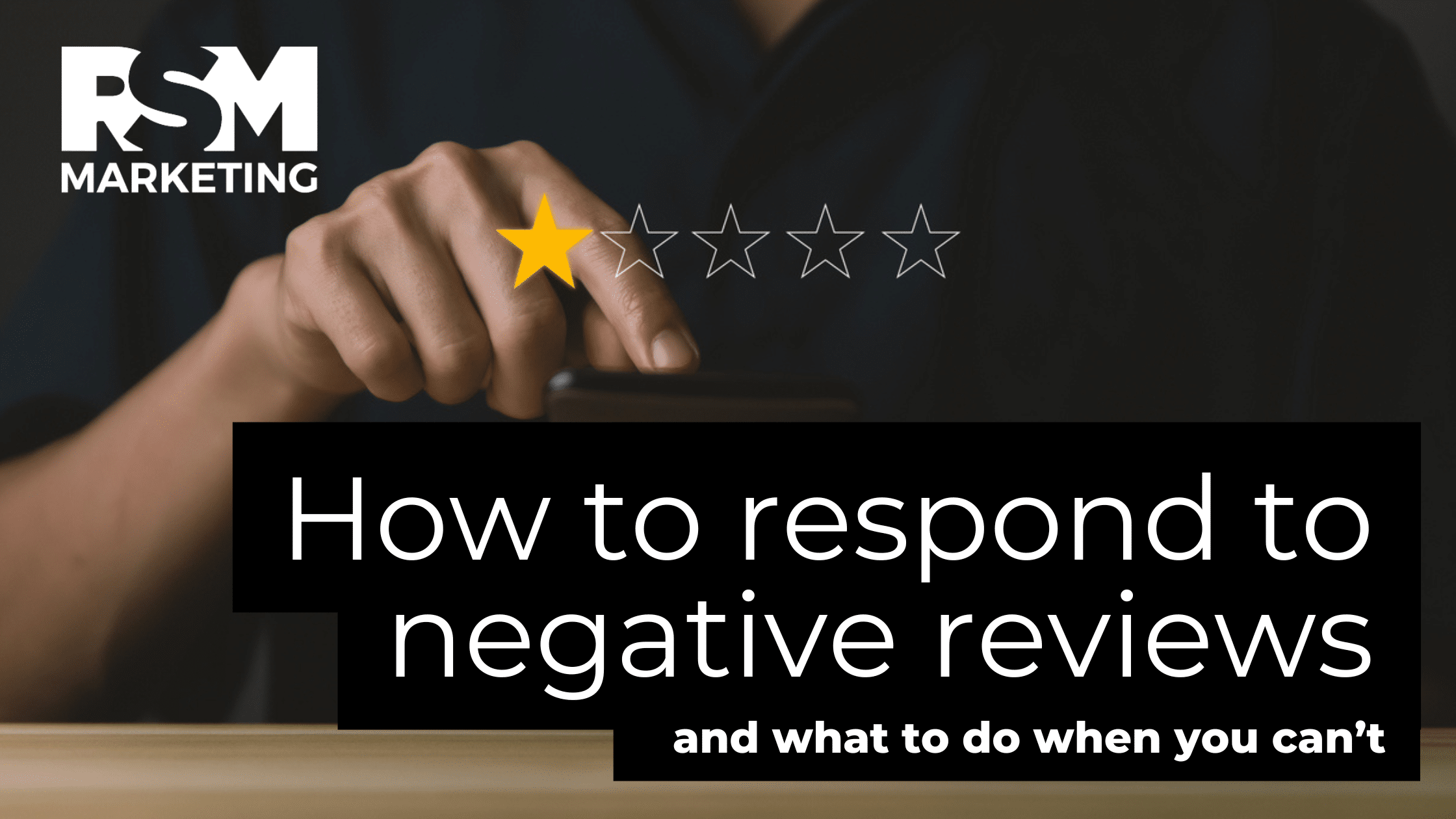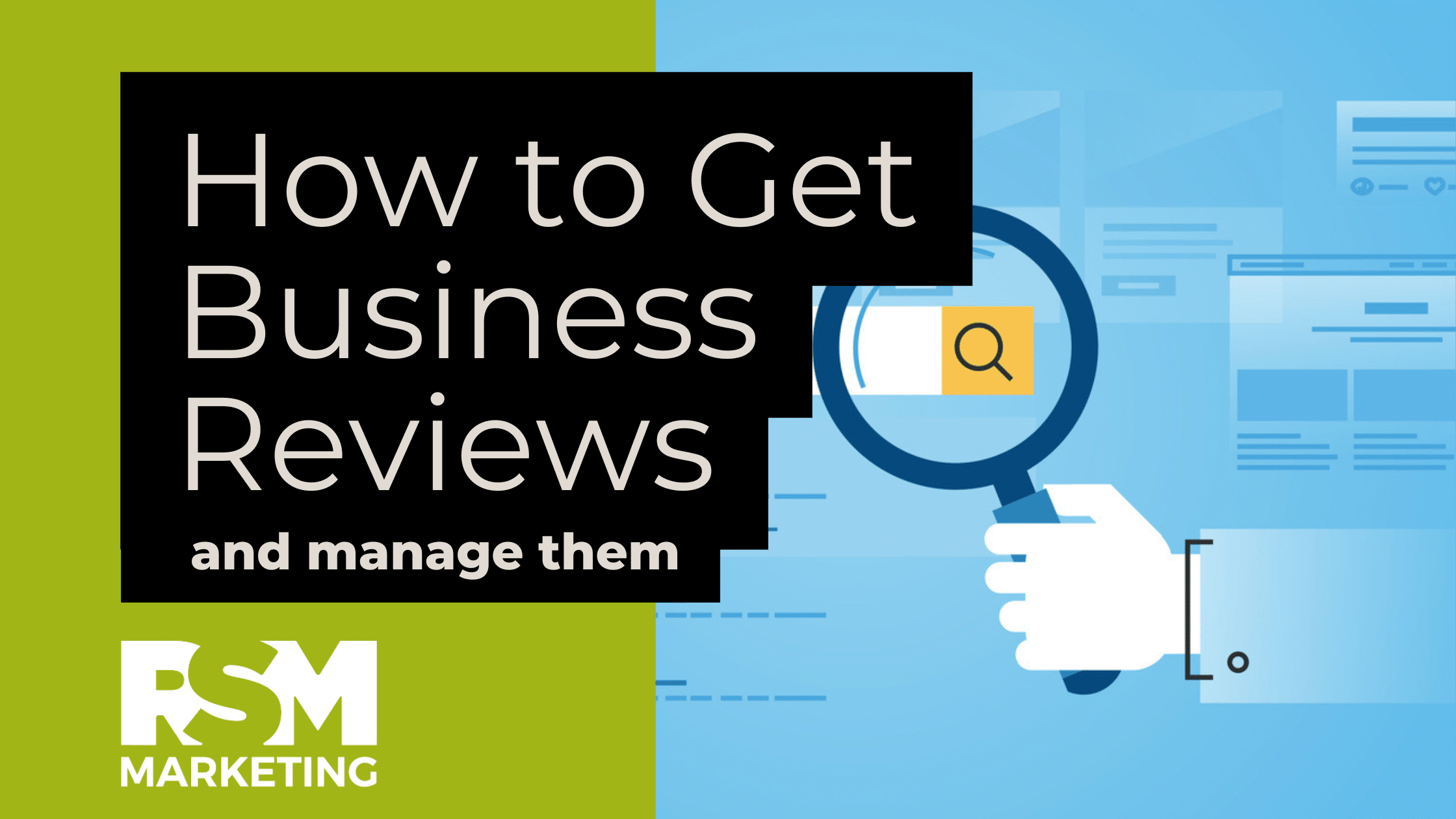In this webinar, RSM Marketing Paid Media Team Lead Josh Klinger shared a deep dive into marketing metrics. If you are curious about how to analyze your marketing success and better understand your data, continue reading this blog.
Main Points from the Webinar:
Ad Metrics
Josh shared some important metrics that can be helpful when analyzing marketing efforts that often get overlooked in most marketing campaigns. One of which is a component of ad metrics, the view-thru rate.
Most often, when people analyze their marketing efforts they tend to look at click-thru rates. Banner ads on websites are often measured by people that click on them to visit a site. This metric, though, isn’t always as accurate, as people are wary of clicking on banner ads out of fear of being subjected to aggressive marketing tactics.
View-thru rates are a valuable tool to gauge marketing efforts. Often, these rates are ignored because people assume the only successful outcome is if someone visits a site. This is not the case. Views, whether they lead to immediate site traffic or not, build engagement between the consumer and the brand.
Some other common ad metrics include
- Click-thru conversions: Users who clicked on your ad and converted
- View-thru conversions: Users who viewed your ad, did not click on it, but ended up converting anyway
- Engagement rates: Users who engaged with your ad in any way
- Conversion rates: Users who visited your site and converted
Website Metrics
There are website metrics that can help you understand the marketing efforts on your business’s site. Some of these metrics include
- Users: Unique Website Users
- Sessions: Web Sessions (one user can have multiple sessions)
- Bounce Rate: Users who visited your site but did not perform a meaningful action
- Time On Page: Average time spent on your website
- Pages Per Session: Average number of pages viewed
- Actions or Events: Users who completed a meaningful activity
- Action Rate: Users who performed an important action on your website
- Conversion Rate: Percent of users who converted
Bounce rates are another metric that people forget which can hold value. Bounce rates do represent someone leaving a site without an action, but they hold merit in the fact that someone visits your site to begin with. Every time someone visits your site, it’s an opportunity for them to gain awareness about the product or service you offer.
Looking Into Analytics
Google Analytics provides key insight into your marketing strategy’s effectiveness. Within Google Analytics, you can access a behavior flow chart that can provide information on what steps people are taking until they reach a conversion point.
Although the goal is for people to immediately lead to conversion, there are often stages in their buying journey and they will ultimately make multiple steps before converting. This is why it is worthy to note some of those overlooked steps or metrics like view-thru rate and bounce rate. Numbers in these areas still mean that people are seeing your business’s content.
Google Analytics also provides a Sanky chart, which demonstrates where people are dropping off in the process. This funnel style view can provide information about where people are at in the various stages, and might indicate which areas need more attention.
Josh shared that it takes about 6 to 8 touch points to lead to a conversion, so having customers go through multiple stages is not necessarily a negative. However, it is good to make the buying process as simple as possible.
What stage of the funnel do you focus your marketing efforts on? It doesn’t always have to be at the top of your marketing funnel. There are different things to consider, like:
- How many clicks away is a user from your important actions?
- Every additional step is an opportunity to leave
- Actions are a better measurement of engagement than click steps
- How/where a user starts their journey influences their type of activity
Intent in Interactions
One element of a campaign that can be ignored is the intent in which you are advertising. Low intent website interactions, like someone viewing a YouTube ad or visiting your site for the first time are not conversion rate focused. Most of the time, they’re designed to build awareness, which can lead to conversions in the future. Low intent website interactions typically lead to users returning to the site later.
High intent website interactions are geared toward those who are specifically searching your brand or needing a product shipped as soon as possible. These interactions are conversion heavy. Typically these users have been to your site before.
Attributions
Josh shared how to understand if your efforts lead to success. Old school attributions might look like timed promotions or promotion codes that take place within a specific time window where you can measure an increase in sales. Newer efforts include custom landing pages, tracking tags, impression & click tracking, and Urchin Tracking Model (UTM) codes.
Questions and Answers from the Webinar
Q: For people with a smaller marketing budget, what can they do?
A: If you don’t have a large marketing budget, you can still be successful. Try putting money into some of the later stages of the funnel. People will find you somehow, so you don’t necessarily need to invest at the top.. The only caveat to that, though, is to manage your expectations.
You can’t scrape from the bottom of the funnel, so investing in that midway point to encourage people toward the bottom is helpful. Spend your money somewhere you can see value, even if it isn’t that final value.
Q: What are underrated or overrated metrics?
Action rate and view-thru conversions are incredibly important. People ignore views, even though they are valuable.
Join Us For Future RSM University Webinars
The knowledge doesn’t stop here. RSM University provides access to free information and education that can add value to your business. To learn about future events and sign-up to attend, visit our registration page.





